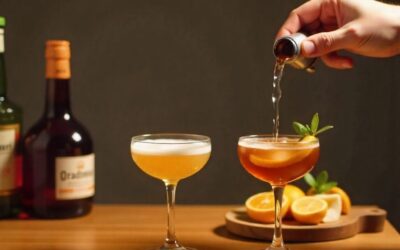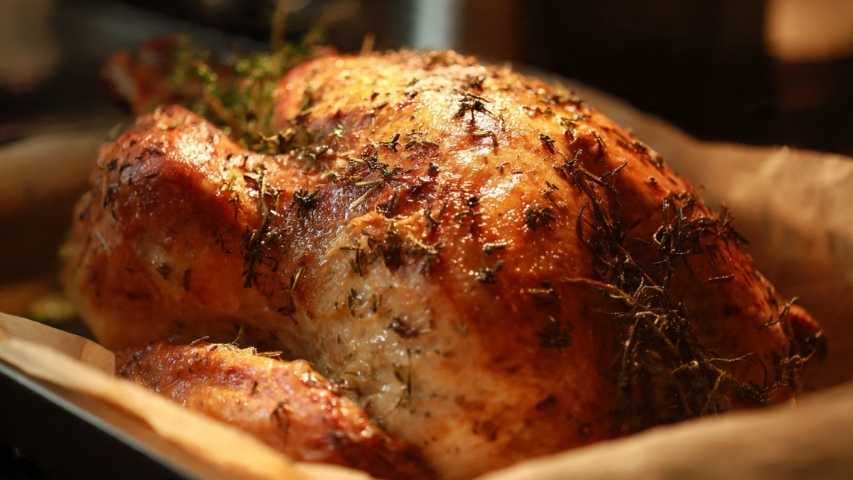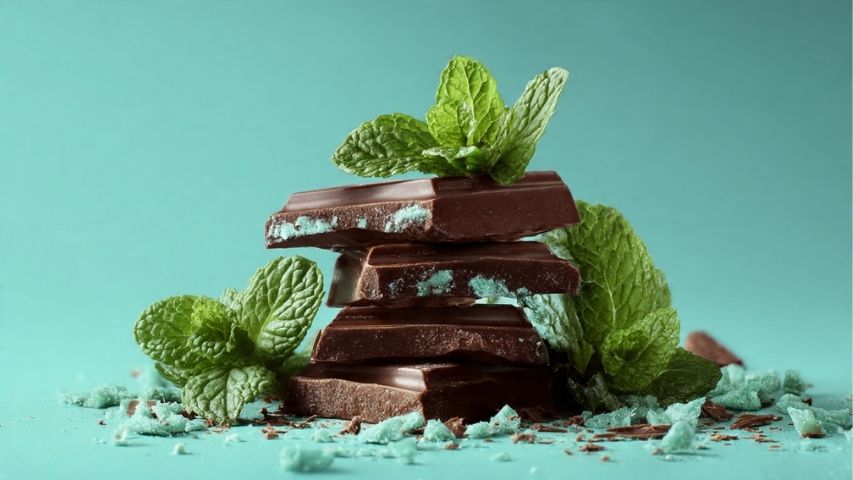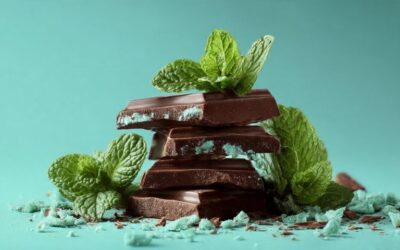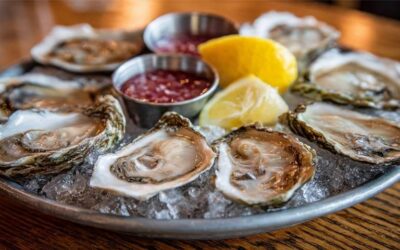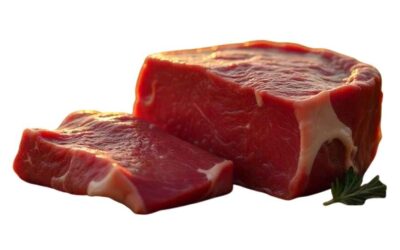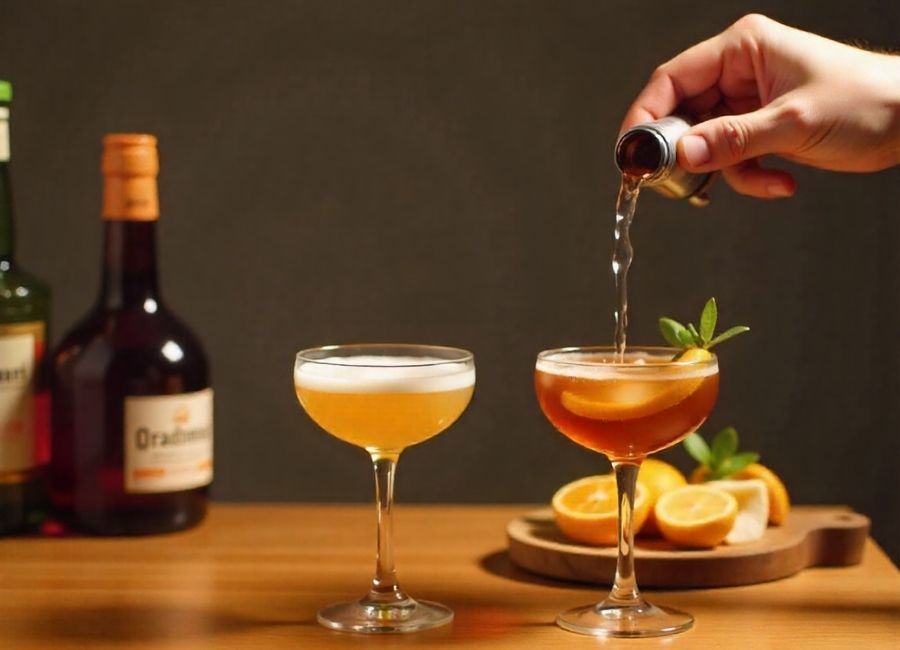Orange liqueur is a crucial ingredient in many classic cocktails, but what’s the real difference between Grand Marnier and Cointreau? Let’s dive into the world of orange liqueurs to find out.
Welcome back to Masterclass! I’m Livio, and today we’ll quickly explore orange liqueurs—focusing on Grand Marnier, Cointreau, and a few others. Their histories are surprisingly complex, but this video highlights only the essentials, making cocktail choices easy.
If you enjoy learning about spirits and cocktails, consider subscribing and liking the video to support more discussions like this.
Let’s get started! Imagine a world without margaritas, cosmopolitans, Mai Tais, or the White Lady. Sounds rough. These iconic cocktails wouldn’t exist without one crucial ingredient: orange liqueur. But which orange liqueur should you choose for your next drink? Let’s break it down.
The Basics of Liqueurs
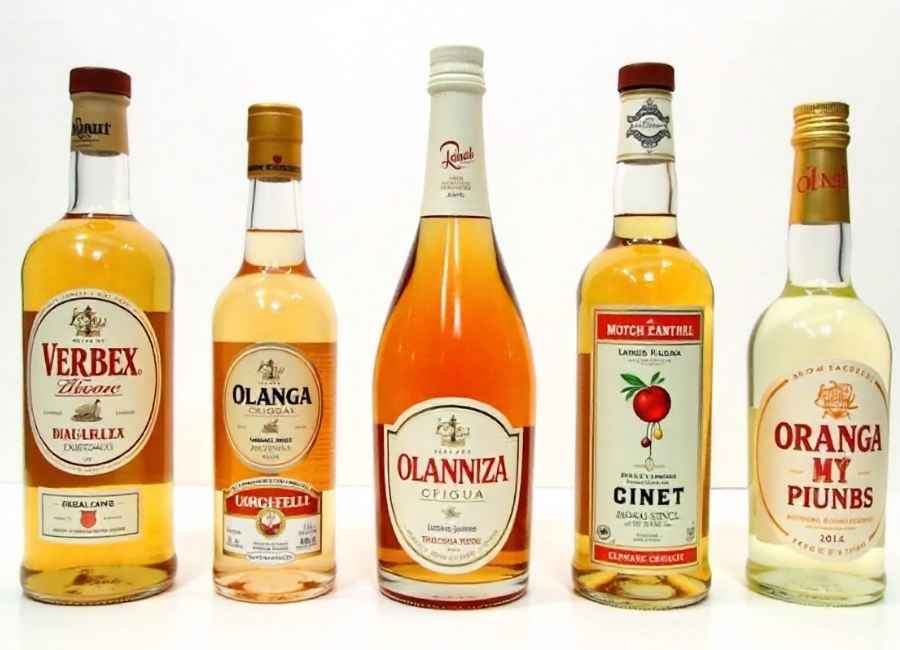
Before diving into the world of orange liqueurs, let’s review what a liqueur actually is. Liqueurs are sweetened spirits that are typically flavored with fruits, herbs, spices, or flowers. Unlike regular spirits, they are not just about alcohol—they have added flavors, which is why they are so popular in cocktails.
Orange liqueurs belong to one of the most beloved categories within the world of liqueurs. They bring a sweet, citrusy kick to cocktails, balancing out tartness and adding complexity. The great thing about orange liqueurs is their versatility: they’re used in many drinks, from classic cocktails to more exotic concoctions.
Today, we’re focusing on the leading players: Triple Sec, Curaçao, Cointreau, and Grand Marnier, each with its own distinctive flavor profile and history.
What’s Triple Sec?
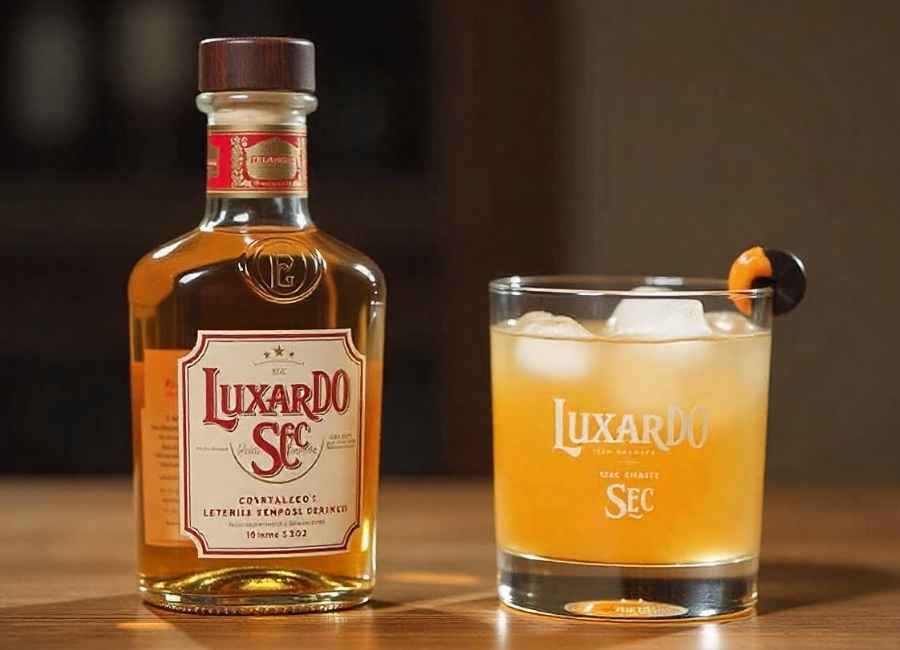
Triple Sec is a clear, orange-flavored liqueur, and the most basic version of orange liqueur. The name “Triple Sec” refers to the triple distillation process that was used in early production. Typically made from a neutral grain spirit or sugar beet spirit, Triple Sec is clean, crisp, and has that signature citrus tang. It’s excellent in cocktails where you want an orange flavor without overwhelming sweetness.
Brands like Luxardo have elevated the standard Triple Sec. Luxardo’s version is well-balanced, with a hint of tangerine and an herbal, zesty punch. When using Triple Sec in a cocktail like a Margarita, the goal is to complement, not dominate, the other ingredients. That’s why you should avoid cheap versions, which can make your cocktail taste harsh or overly sugary. A good quality Triple Sec enhances your drink with a subtle, balanced sweetness.
Orange Curaçao: What’s the Deal?
Curaçao is often confused with Triple Sec, but it has a distinct background and flavor. It originates from the island of Curaçao, utilizing local bitter oranges for flavor, and traditionally features a brandy base for a richer taste.
Many orange liqueurs have been labeled as both Curaçao and Triple Sec, making distinctions flexible, as there are no strict defining rules.
While Curaçao comes in many colors—blue, orange, and clear—it’s known for its slightly bitter orange taste. To make a classic Mai Tai, you’ll need a high-quality Curaçao to balance the rum and other ingredients.
Premium Brands: Cointreau and Grand Marnier
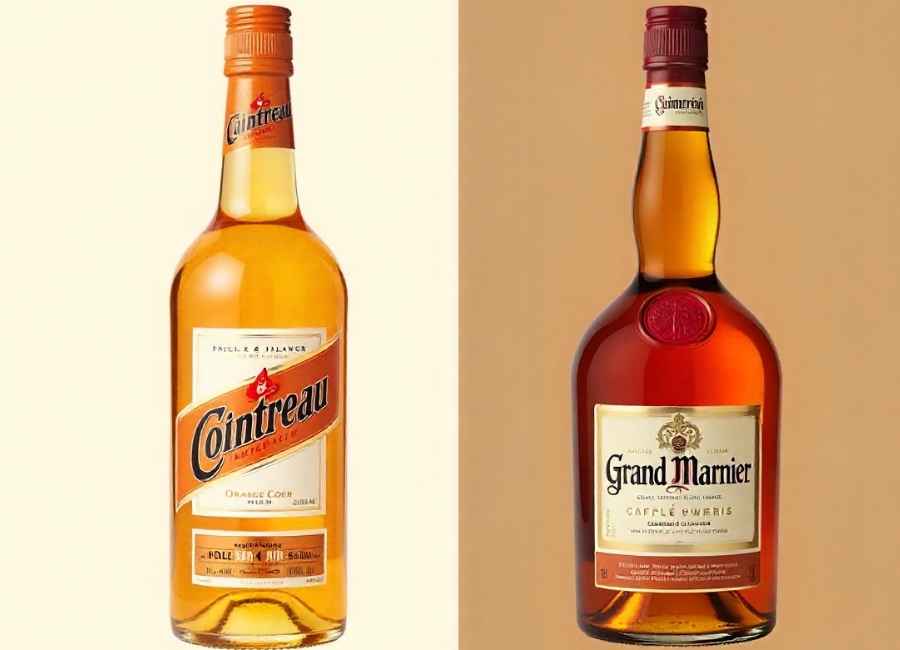
Cointreau and Grand Marnier are top orange liqueurs, each distinct in base, flavor, and process. Cointreau, a neutral spirit-based Triple Sec, offers bright citrus clarity. Grand Marnier, made with Cognac, delivers depth and richness.
- Cointreau, a premium Triple Sec, utilizes neutral grain spirit to achieve a clean, balanced citrus flavor. Its 40% alcohol gives cocktails a crisp, dry finish, ideal for drinks where you want dry orange notes.
- Grand Marnier uses Cognac as its base, imparting a smooth, deeper flavor and an amber hue. It suits drinks that require richer orange notes and complexity, such as Cadillac Margaritas, or for sipping neat, thanks to its oak notes.
Cointreau excels in cocktails with prominent, zesty orange notes, while Grand Marnier adds luxury and depth to cocktails needing a richer base.
The Cointreau vs. Grand Marnier Debate
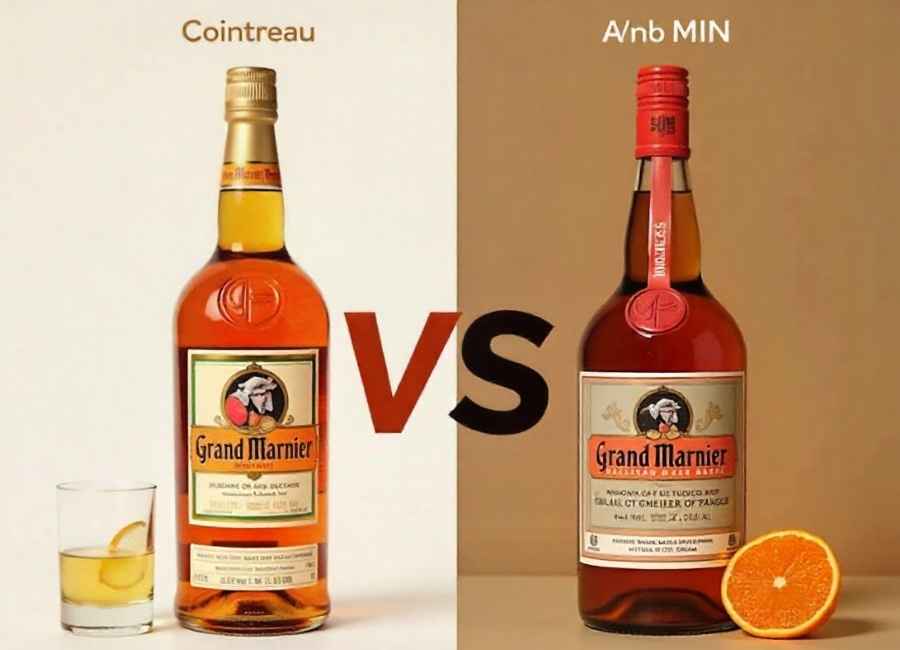
Now, which is better? Well, it depends on the cocktail you’re making. Both of these liqueurs have their merits:
- Cointreau delivers pure, crisp orange—ideal for cocktails that require a clean citrus finish, such as Cosmopolitans and Margaritas.
- Grand Marnier, with its Cognac depth, brings complexity to cocktails like Mai Tais and Cadillac Margaritas where richness is desired.
Grand Marnier’s Cordon Rouge is the classic, Cognac-based product, but they also offer neutral-grain options, such as Cordon Jaune. Cointreau makes Cointreau Noir, blending Cognac with their core recipe. Each brand explores the strengths of both styles.
Tasting the Orange Liqueurs
Now, let’s taste a few of these liqueurs to see what makes each one unique.
- Luxardo Triple Sec: Luxardo’s version of Triple Sec is clean, with a tangerine-forward flavor that is both sweet and slightly bitter. It has a velvety texture that works great in cocktails like the Margarita, where you want the orange flavor to shine but not dominate.
- Cointreau: Cointreau is snappy, with a more bitter citrus note that makes it ideal for drier cocktails. Its alcohol content (40%) and crispness bring a lot of freshness to drinks like the Cosmopolitan or Sidecar.
- Grand Marnier Cordon Rouge: This liqueur is a decadent treat, thanks to its cognac base. The flavor is smooth and layered, with hints of orange peel, vanilla, and subtle woodiness from the Cognac. It’s perfect for sipping or in cocktails like the Cadillac Margarita, where it adds depth and sophistication.
- Ferrand Dry Curaçao: Made using Ferrand Cognac as its base, this liqueur has a drier, more flavorful profile. You’ll taste hints of orange, vanilla, and spices. It’s an excellent choice for cocktails that require a punch of flavor, such as a Mai Tai.
Conclusion
Each of these orange liqueurs—whether it’s the clean, crisp taste of Cointreau, the rich complexity of Grand Marnier, or the more affordable, yet flavorful, Triple Sec—has a place in your bar.
Remember, it’s all about the flavor profile you want for your cocktail. Whether you’re making a classic Margarita, a fancy Sidecar, or a tropical Mai Tai, there’s an orange liqueur that will take your cocktail to the next level.
So, next time you’re shopping for spirits, try a few of these and experiment with your favorite cocktails. And don’t forget to subscribe to Masterclass for more tips, tastings, and insights into the world of cocktails. Cheers!
Conclusion
In conclusion, the points discussed throughout this document highlight the importance and relevance of the topic. By carefully analyzing the key aspects, we can better understand the broader implications and potential outcomes. It is essential to consider these factors in future planning and decision-making processes to achieve the desired results effectively and efficiently. Overall, the insights provided offer valuable guidance and a solid foundation for further exploration and development in this area.










